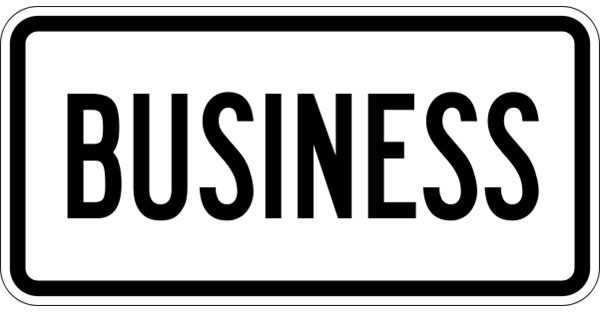Retirement Plans for a Small Business - What Are Your Options?
Different Small Business Programs
Before you can look at sample retirement plans for a small business, you must learn about the different plan benefits and qualifications. Retirement plans are qualified assets based on ERISA rules and regulated by the Internal Revenue Service. The programs available to small business owners include:
- Payroll Deduction IRA
- Simplified Employee Pension (SEP IRA)
- Savings Incentive Match Plan for Employees (SIMPLE IRA)
- 401k Plan
- Profit Sharing Plan
Each of these plans is recommended because small businesses are eligible for them and most can be found at an affordable start-up price and maintenance fees.
Your Business
The term “small business” means different things to different people. You may have a business consisting of one employee, you. You might have a small business with 150 employees. The number of employees you have will direct which retirement plan you are eligible for; plans such as SIMPLE IRAs are designed for companies with fewer than 100 employees. A solo 401k is a type of 401k derivative designed for sole proprietorship owners and their spouses or self-employed partners.
For a comparative example, let us assume you have a small business with five employees including yourself. The primary goal of establishing the retirement plan is to assist you in saving toward your retirement. Revenues fluctuate annually, so you are concerned with committing yourself to mandatory contributions.
Your Options
Looking at the different retirement plans, your company is immediately disqualified from the solo 401k plan, but you could open other 401k plans. All IRA-based plans are available to you as is a defined benefits plan. These breakdowns give you ideas of how sample retirement plans for a small business will affect you.
The Payroll Deduction IRA: This plan is designed to help your employees save for retirement in an inexpensive fashion. Employees elect to contribute through payroll deductions up to $5,000 annually. As the owner, you are not permitted to make employer contributions.
The SEP IRA: This plan is an employer-contribution plan exclusively. Employees make no contributions to the plan. The SEP IRA allows up to $49,000 in employer contributions based on $245,000 in employee income. Highly compensated employees are able to have more savings; this plan favors a small business with an employer having the highest percentage of income. While all contributions are 100 percent vested by employees, there is no annual contribution requirement in the event the company is not operating at high limits.
The SIMPLE IRA: This plan allows employees to contribute up to $11,500 and requires employers to contribute matching contributions as well. This can become a problem for a small employer having financial difficulties.
The 401k Plan: All 401k plans have a maximum annual employee contribution of $16,500. Only the safe harbor 401k requires employer contributions. Unlike IRA-based plans, 401k plans allow in-service loans against the assets. Employees are allowed to contribute to both an IRA plan and a 401k plan in the same year.
Profit Sharing Plan: The profit sharing plan has no contribution requirement for employers. Employees are not allowed to contribute. This plan bases contributions exclusively on annual revenue success. However, even when there is no contribution, the plan requires annual IRS reporting and nondiscrimination testing, which are added administrative expenses.
References
IRS Retirement Plans Navigator: https://www.retirementplans.irs.gov/choose-a-plan/
IRS Plan comparison table: https://www.retirementplans.irs.gov/plan-comparison-table/
Photo Credit: Business_plate.svg: This work has been released into the public domain by its author, Ltljltlj. This applies worldwide.
